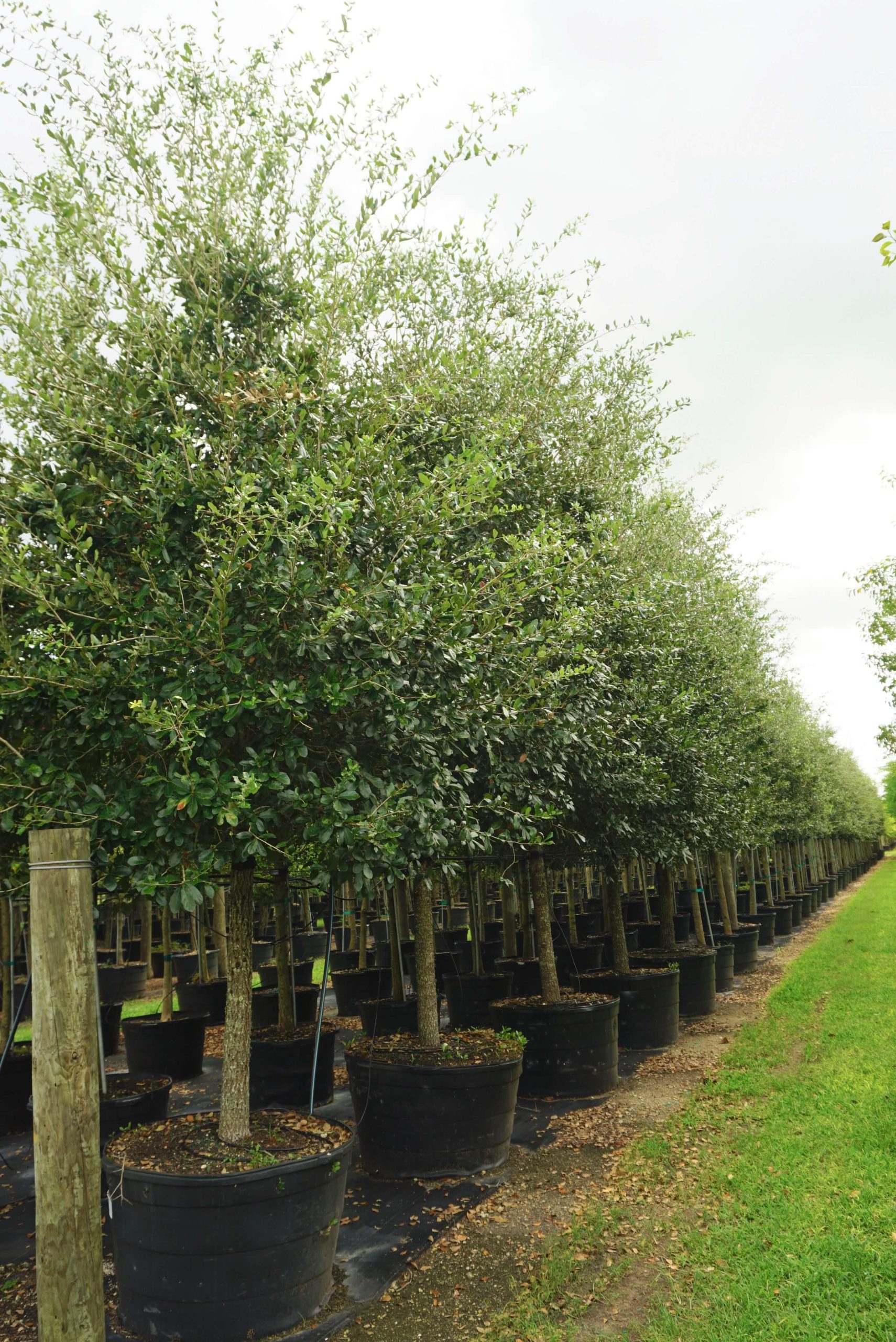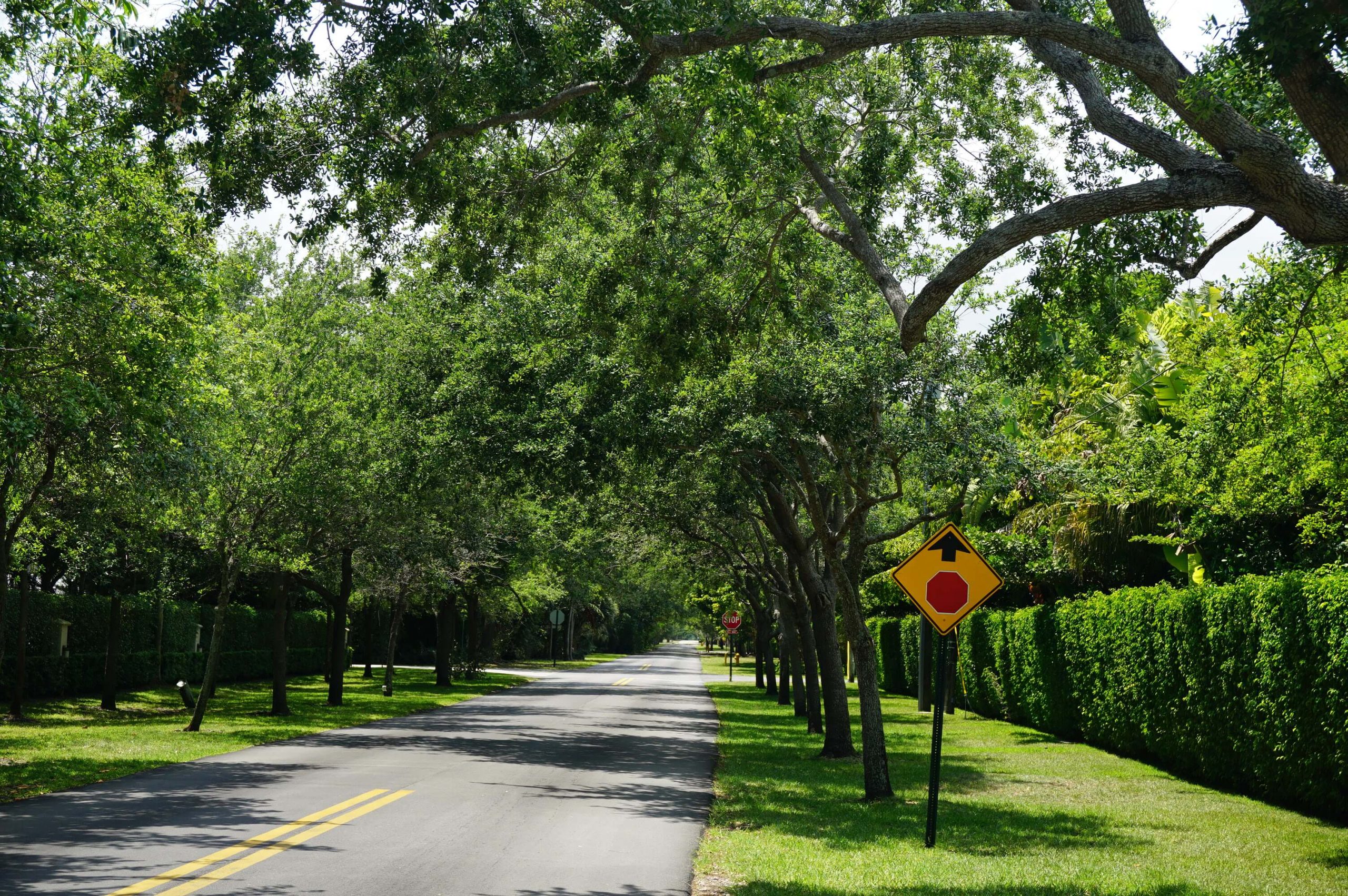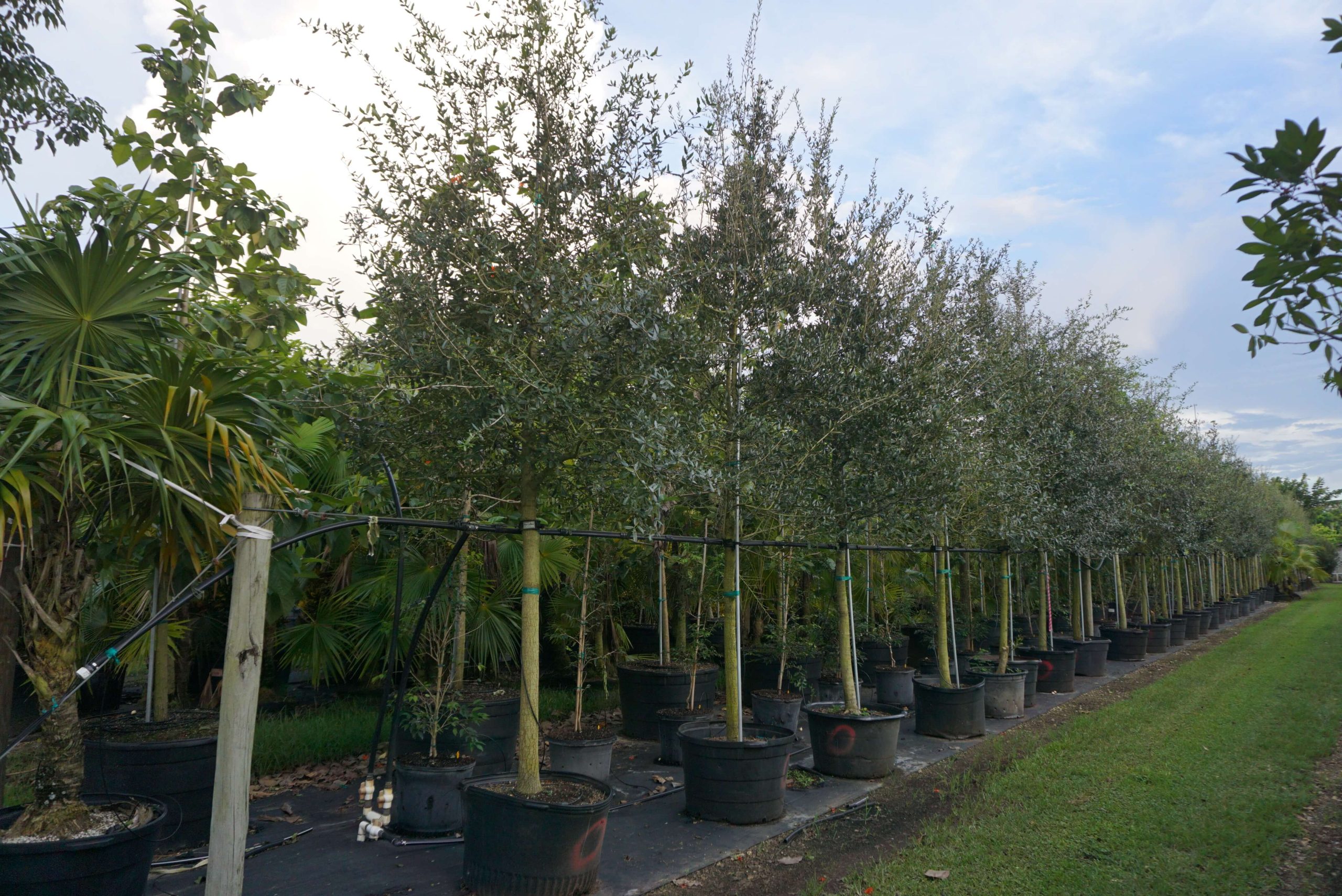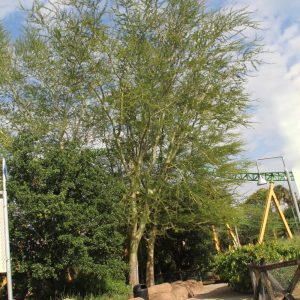Description
Southern live oak tree description
Quercus Virginiana (Southern live oak) is one of more than 600 species of deciduous and evergreen oak trees spread across the Northern Hemisphere; it is a large, sprawling, scenic, long-lived evergreen tree, typically reaching 60 feet (18.29 m), and often with a spread greater than its height. The canopy is dense, and it has dark, thick furrowed bark and large branches. The branches typically support clumps of Spanish moss. The leaves are alternate, simple, stiff, oval, leathery, shiny, dark green, and 3/4 – 6 x 1/2 – 2 inches. Flowers are yellowish-green and inconspicuous.
Furthermore, the fruits are small acorns, oblong, 1/2 – 1 inch long with a cup. Acorns are used for propagation. The wood is hard and heavy and used for frames in shipbuilding. Traditional uses include edible oil from the acorns, bark for dye, and various tree parts for medicine. The tree is hardy, and develops a deep tap root; it can grow in a range of well-drained soils and has no serious pest or disease problems.
Quercus Virginiana tree cultivation
In cultivation, young southern live oak trees need pruning to form a desirable shape. Because of its spreading growth form and height, Quercus Virginiana tree is best grown on large lawns or in parks for shade; with management, it can also be a street tree. Throughout the southwestern US, there are more than a dozen famous specimen live oaks estimated to be hundreds of years old.
Quercus Virginiana (Southern live oak) is a signature tree of the traditional southern plantation house.
🌳More popular and beautiful plants: Silky oak tree











